23 pages • 46 minutes read
Walt WhitmanI Sit and Look Out
Fiction | Poem | Adult | Published in 1860A modern alternative to SparkNotes and CliffsNotes, SuperSummary offers high-quality Study Guides with detailed chapter summaries and analysis of major themes, characters, and more. For select classroom titles, we also provide Teaching Guides with discussion and quiz questions to prompt student engagement.
Literary Devices
Form and Meter
While Robert Frost claimed that “writing free verse is like playing tennis with the net down,” implying that free verse was not poetry because it lacked meter, Whitman’s free verse imposes poetic structures to create a rhythmic unity on his long lines in a variety of ways. In “I Sit and Look Out,” most of the 10 lines range between 20-31 syllables, except for the last line which abruptly ends at six syllables. The long lines each have caesuras or pauses in the middle of the line. If one were to break the line at the caesura, some of the lines would look remarkably like the 10 syllable conventional poems that readers were used to in the 19th century. Take the line, “I see the wife misused by her husband—I see the treacherous seducer of young men” (Line 4). If that line were broken at the caesura, it would look like this:
I see the wife misused by her husband—
I see the treacherous seducer of young women (Line 4).
Much of these lines follow iambic rhythms:
i SEE/ the WIFE/ mis USED/ by her HUS/ band.
i SEE/ the TREA/ che rous se DUC/ er OF/ young WOM/ en (Line 4)
Related Titles
By Walt Whitman

A Glimpse
Walt Whitman
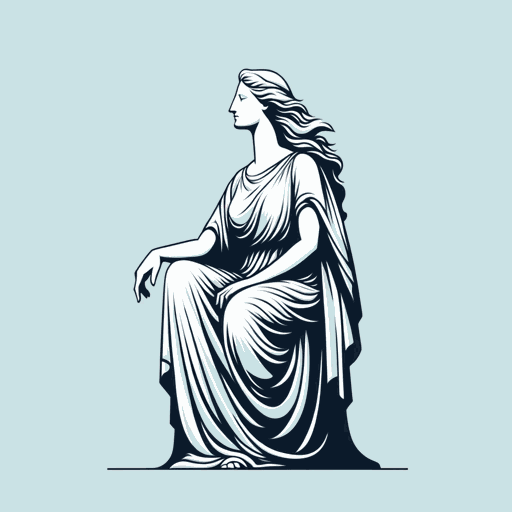
America
Walt Whitman

A Noiseless Patient Spider
Walt Whitman
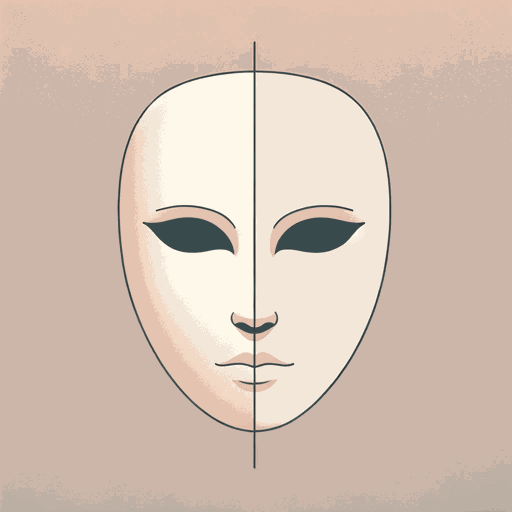
Are you the new person drawn toward me?
Walt Whitman

As I Walk These Broad Majestic Days
Walt Whitman

Crossing Brooklyn Ferry
Walt Whitman

For You O Democracy
Walt Whitman
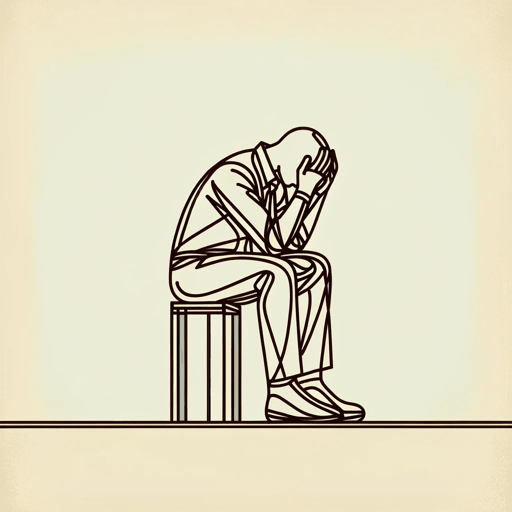
Hours Continuing Long
Walt Whitman
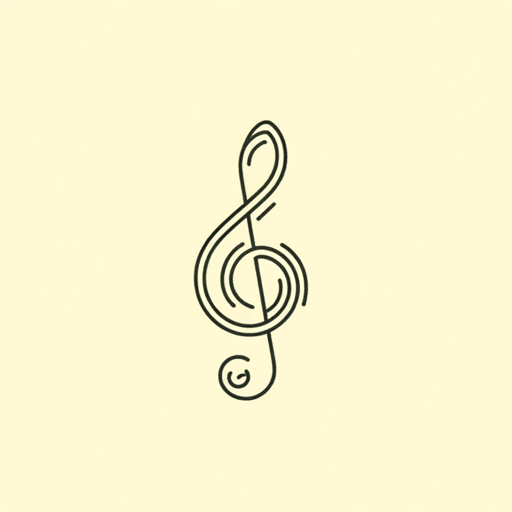
I Hear America Singing
Walt Whitman
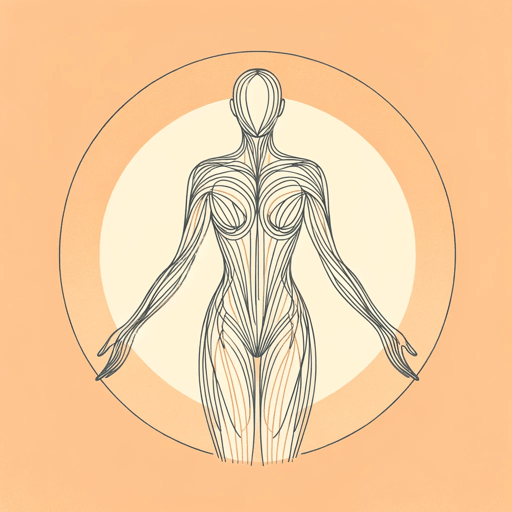
I Sing the Body Electric
Walt Whitman

Leaves of Grass
Walt Whitman

O Captain! My Captain!
Walt Whitman
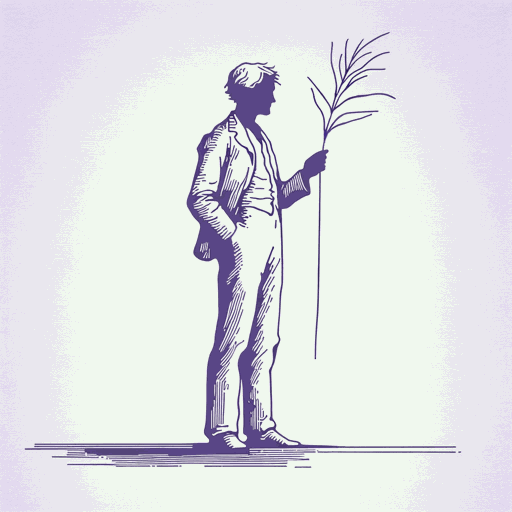
Song of Myself
Walt Whitman
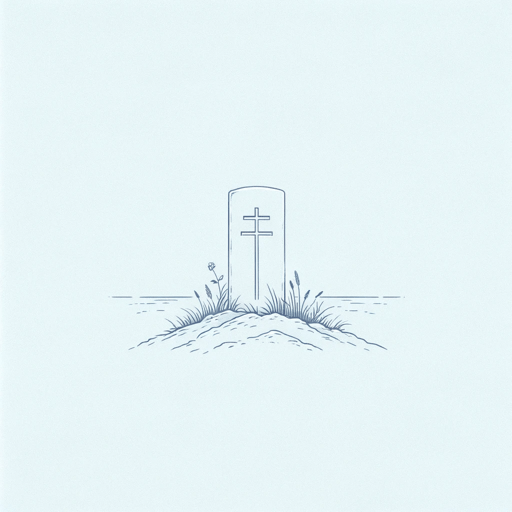
Vigil Strange I Kept on the Field One Night
Walt Whitman

When I Heard the Learn'd Astronomer
Walt Whitman

When Lilacs Last in the Dooryard Bloom'd
Walt Whitman

